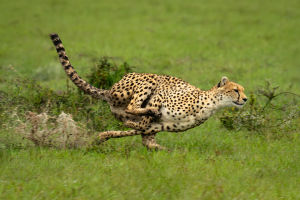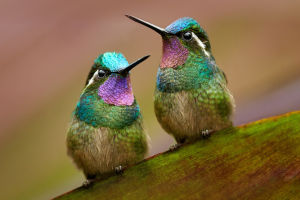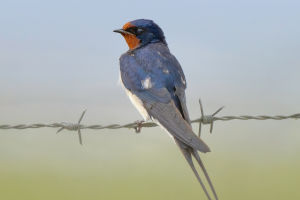Lykkers, have you ever watched a dragonfly glide effortlessly over water, its wings shimmering in the sun? These ancient insects, which have existed for over 300 million years, display some truly captivating behaviors that make them unique in the animal kingdom.
From their precise hunting skills to complex mating rituals, dragonflies reveal a world of mystery and mastery. Let’s dive into the intriguing secrets of dragonfly behavior that make them such remarkable creatures.
Masterful Fliers
Dragonflies are among the most agile fliers in the insect world. They can fly in any direction — forward, backward, and even hover in place! This incredible maneuverability comes from their two sets of wings, which can operate independently. T
his allows dragonflies to make sharp turns, accelerate instantly, and adjust their position mid-air. Their skillful flying is key to their survival, enabling them to catch prey and evade predators with ease.
Expert Hunters
Dragonflies are apex hunters in the insect world, with a success rate of up to 95% when catching prey! They have exceptionally keen eyesight, thanks to their large, multifaceted eyes that cover most of their head. Each eye has about 30,000 lenses, allowing them to detect the slightest movements.
Dragonflies usually catch their prey mid-flight, using their spiny legs to trap and devour insects like mosquitoes, flies, and moths. This makes them valuable natural pest controllers in many ecosystems.
What Makes Dragonflies So Extraordinary
Video by PBS Terra
Territorial Defenders
Male dragonflies are known to be highly territorial, often engaging in aerial battles to defend their chosen spot. A male will patrol his territory, which is typically near water, as it attracts females for mating. When a rival male enters his area, a fierce chase ensues, with both dragonflies performing rapid twists and turns in an effort to claim dominance. This territorial behavior ensures that each male has a prime area for attracting a mate and guarding against competitors.
Complex Mating Rituals
The mating process of dragonflies is complex and fascinating. Once a male has attracted a female, they form what’s known as a “mating wheel” or “heart shape,” where the male clasps the female by the back of her head with special claspers on his tail. They remain in this position while the female collects sperm from the male, which can take several minutes. Afterward, females lay their eggs in or near water, often dipping their tails into the water’s surface to deposit the eggs, ensuring the next generation of dragonflies.
Incredible Vision
A dragonfly’s vision is one of its greatest assets. Unlike humans, who have three color receptors, dragonflies have as many as 30. This allows them to see ultraviolet light and detect movements that would be invisible to us. Their compound eyes give them nearly 360-degree vision, allowing them to see both prey and predators with astonishing clarity.
This exceptional vision not only aids in hunting but also in navigating complex environments and avoiding obstacles during high-speed flights.
Dragonflies are a marvel of nature, embodying both beauty and predatory skill. Their unique behaviors, from flight dynamics to territorial and mating rituals, showcase their adaptability and mastery in the natural world.
Next time you spot a dragonfly, take a moment to appreciate the complexity and wonder of these ancient insects. They’re more than just pretty fliers — they’re skilled hunters, fierce defenders, and an essential part of our ecosystem!


